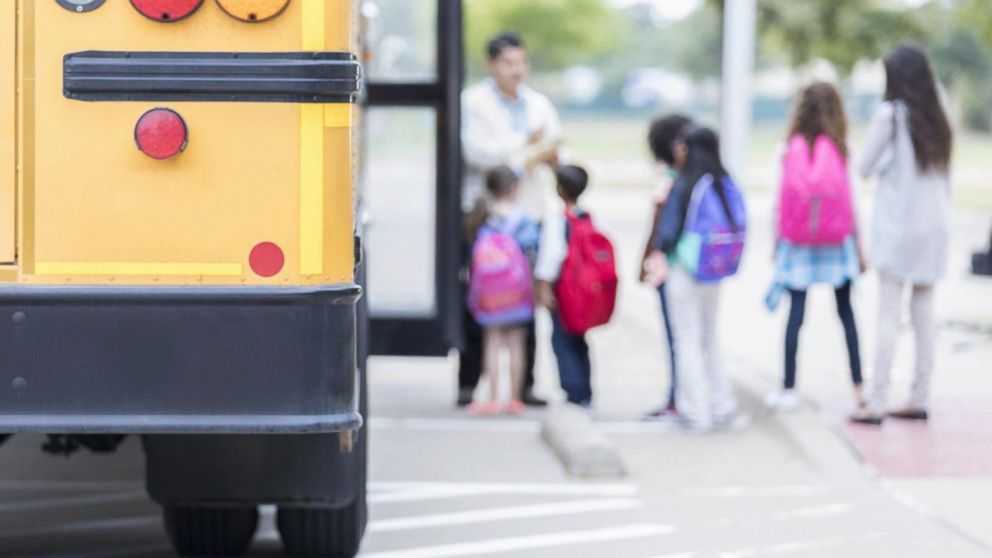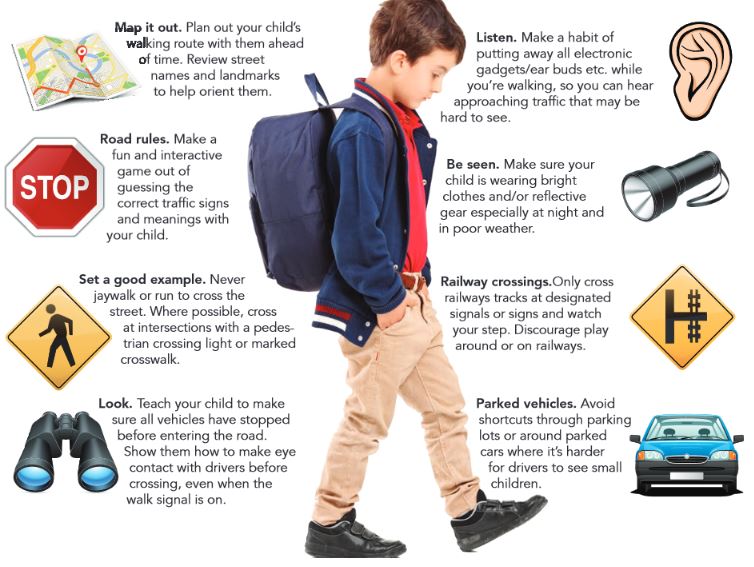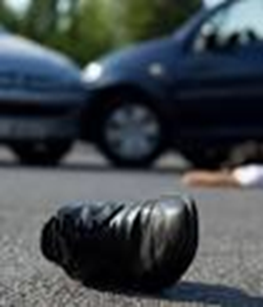 Last year, MedStar crews treated 113 victims under the age of 18 involved in an auto/pedestrian crash, 10 of these occurred between August 1st and September 15th.
Last year, MedStar crews treated 113 victims under the age of 18 involved in an auto/pedestrian crash, 10 of these occurred between August 1st and September 15th.
Emily Vinson, a MedStar paramedic and Assistant Operations Manager states “A pediatric auto-pedestrian crash is one of our most heart-breaking calls. Kids are very fragile and these crashes too often have devastating outcomes”. “Drivers, please stay alert, and parents, teach your kids how to be careful while going to or from school”, explains Hill.
As kids all across the DFW metroplex kick of the start of the new year, MedStar highlights the following tips from the National Safety Council for kids and parents to help avoid preventable injuries and prepare for any medical emergencies that may arise at school.
We encourage our community to heed these tips to help start off the school year with safety in mind.
Preparation:
Parents, do a ‘dry run’ with your kids – walking to school or to the bus stop, walking home, etc. Review the safety tips with them. If your child has medical issues, be sure the school is briefed on your child’s medical condition, emergency contacts and to which hospital you would like your child transported to in the event we are unable to reach you in an emergency.
Waiting for the Bus:
- Do not stray onto the street, alleys or private property
- Line up away from the street or road as the bus approaches
- Wait until the bus has stopped and the door opens before approaching the bus
- Use the handrail when boarding
Walking to the Bus Stop or to the School:
More school-age pedestrians have been killed during the hour before and after school than any other time of day, according to NHTSA. And, although drivers are required by law to stop for a school bus when it’s loading or unloading passengers, they often don’t. Children should not rely on them to do so.
- Always walk on the sidewalk if one is available; if a child must walk on the street, he or she should face oncoming traffic
- Look left, right, then left again before crossing the street
- Never walk while texting or talking on the phone
- If texting, move out of the way of others and stop on the sidewalk
- Do not walk with headphones on
- Be aware of the surroundings
- Cross only at crosswalks
- Never cross the street while using an electronic device
Tips for a Safe Bus Ride:
- If seat belts are available on the bus, buckle up
- Don’t speak loudly or make loud noises that could distract the driver
- Stay in your seat
- Don’t put your head, arms or hands out the window
- Keep aisles clear of books and bags
- Get your belongings together before reaching your stop
- Wait for the bus to stop completely before getting up from your seat
Getting Off the Bus:
- Use the handrail when exiting
- If you have to cross in front of the bus, first walk at least 10 feet ahead until you can see the driver
- Make sure the driver can see you
- Wait for a signal from the driver before crossing
- When the driver signals, look left, right, then left again. Walk across the road and keep an eye out for sudden traffic changes
- If your vision is blocked, move to an area where you can see other drivers and they can see you
- Do not cross the center line of the road until the driver signals it is safe
- Stay away from the rear wheels of the bus at all times
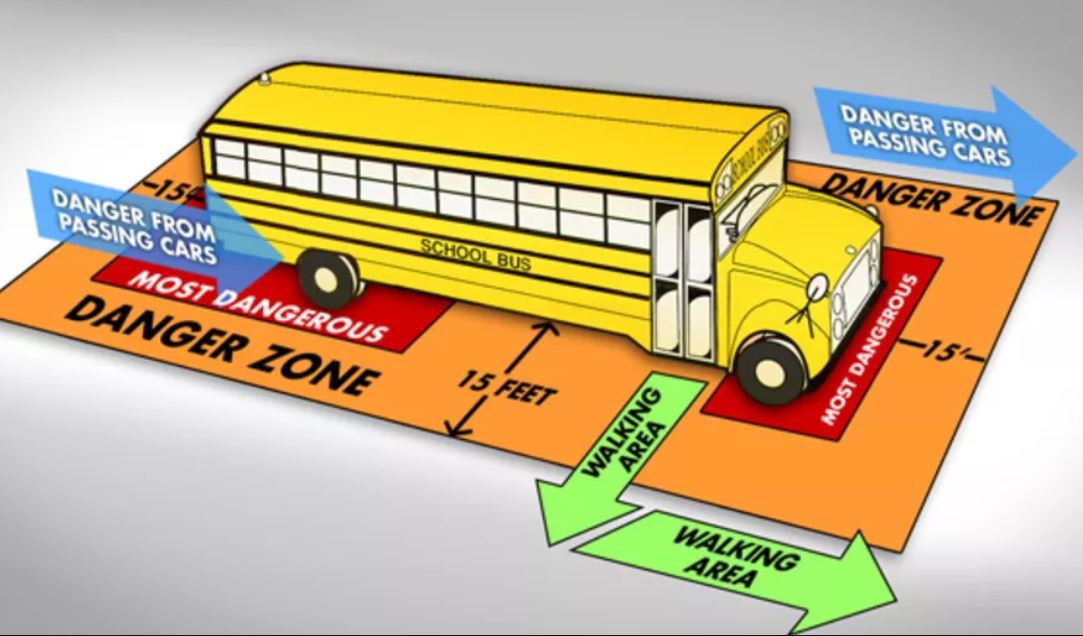
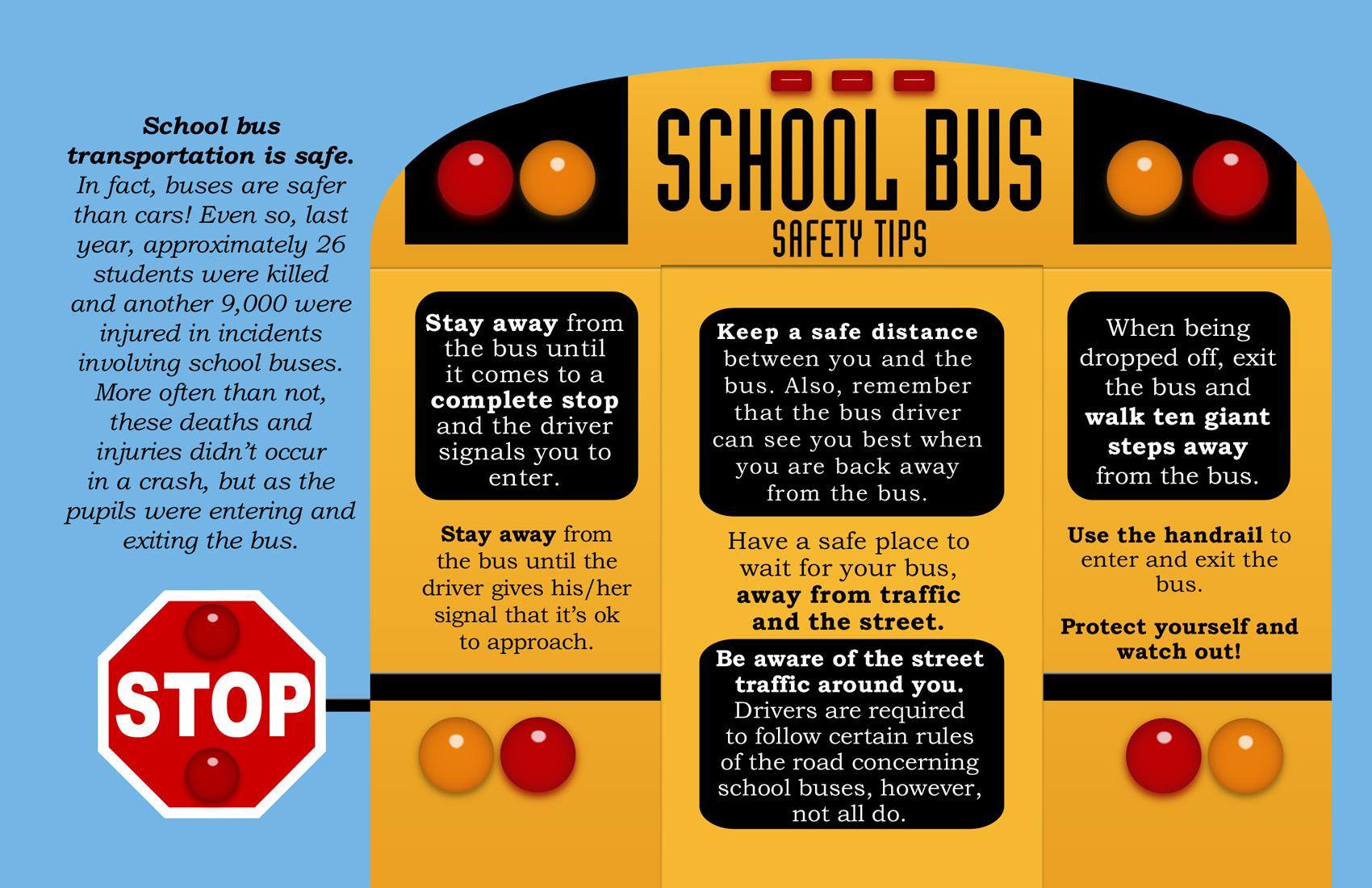
https://www.nsc.org/home-safety/seasonal-safety/back-to-school

